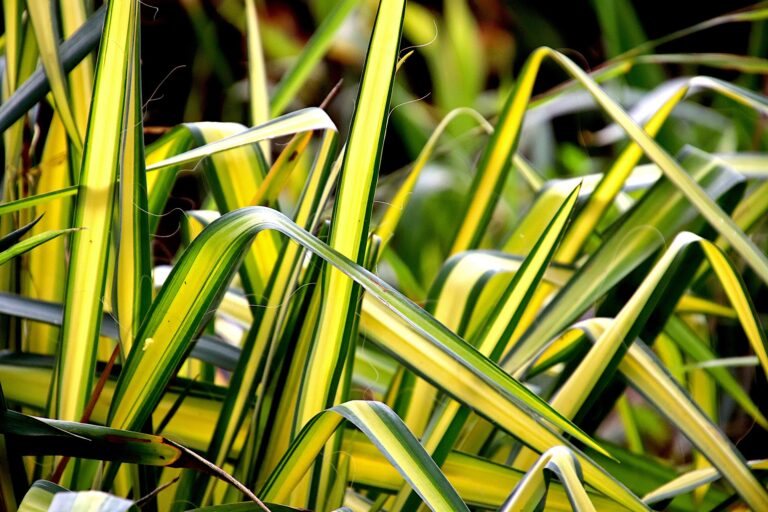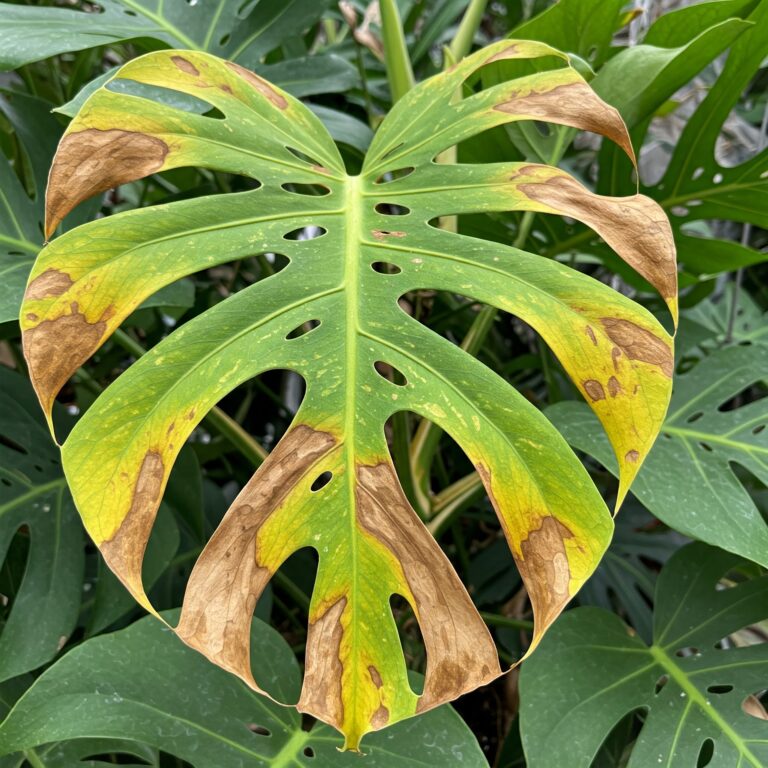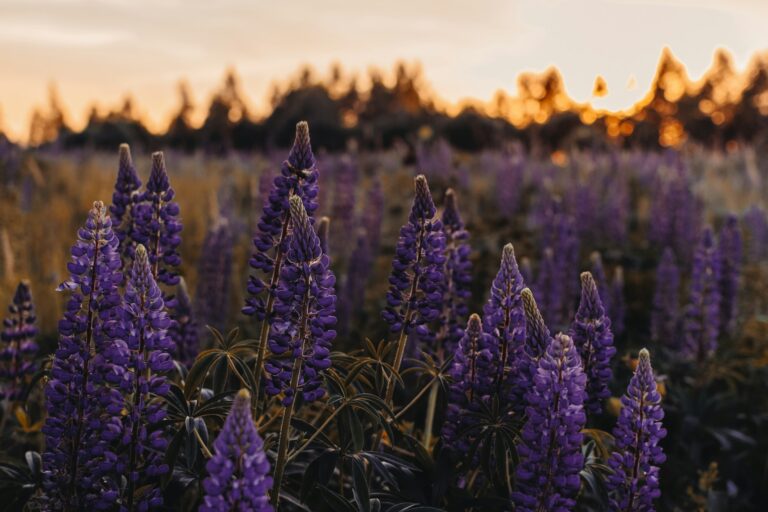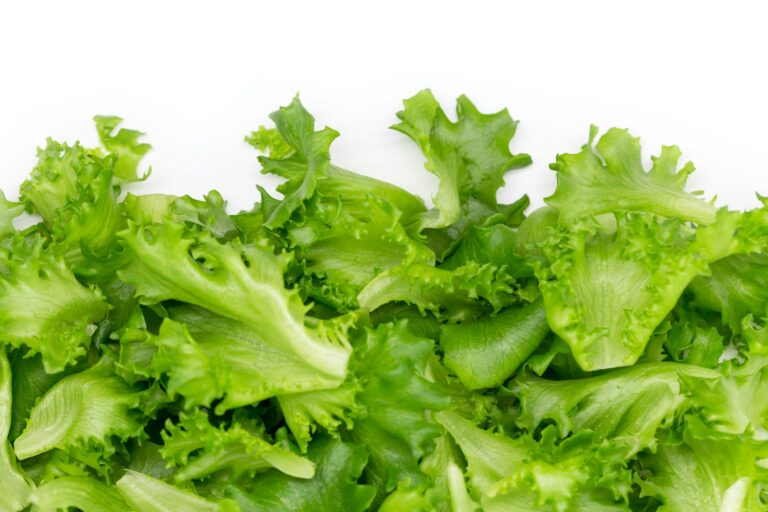Are you looking for an easy, affordable way to keep your houseplants healthy and thriving? Look no further than hydrogen peroxide! This common household item can be a game-changer for your indoor garden. Not only is it effective at killing harmful bacteria and fungi, but it can also provide your plants with essential oxygen.
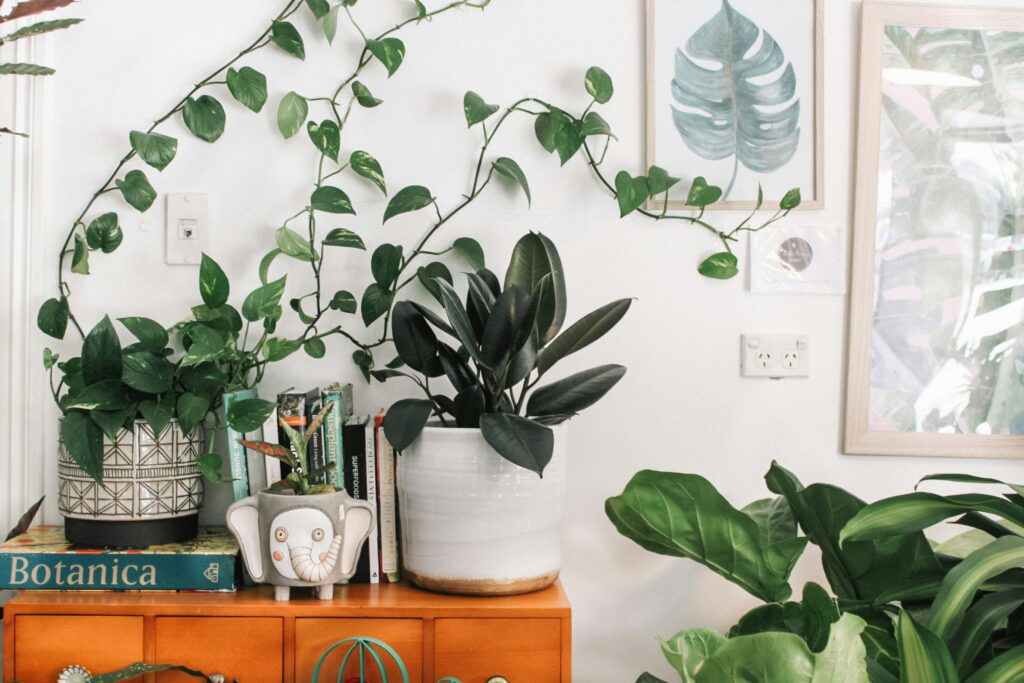
To use hydrogen peroxide for houseplants, mix one-part peroxide with three parts water. Then, simply water your plants with the mixture as you normally would. This can help prevent root rot and other common plant diseases. Additionally, you can use a spray bottle to mist your plants with the mixture, which can help to keep pests at bay.
It’s important to note that while hydrogen peroxide can benefit your plants, you should use it in moderation. Overusing can lead to damage or even death of your plants.
Understanding Hydrogen Peroxide and Its Benefits for Houseplants
What is Hydrogen Peroxide?
Hydrogen peroxide is a chemical compound that contains two hydrogen and two oxygen atoms (H2O2). It is a pale blue liquid that is commonly used as a disinfectant, antiseptic, and bleaching agent. It is also used in horticulture and gardening as a natural and effective way to promote healthy growth in plants.
Why Use Hydrogen Peroxide for Houseplants?
Hydrogen peroxide is a great tool for houseplant care because it provides several benefits that help keep your plants healthy and thriving. Here are some of the reasons why you should consider using hydrogen peroxide for your houseplants:
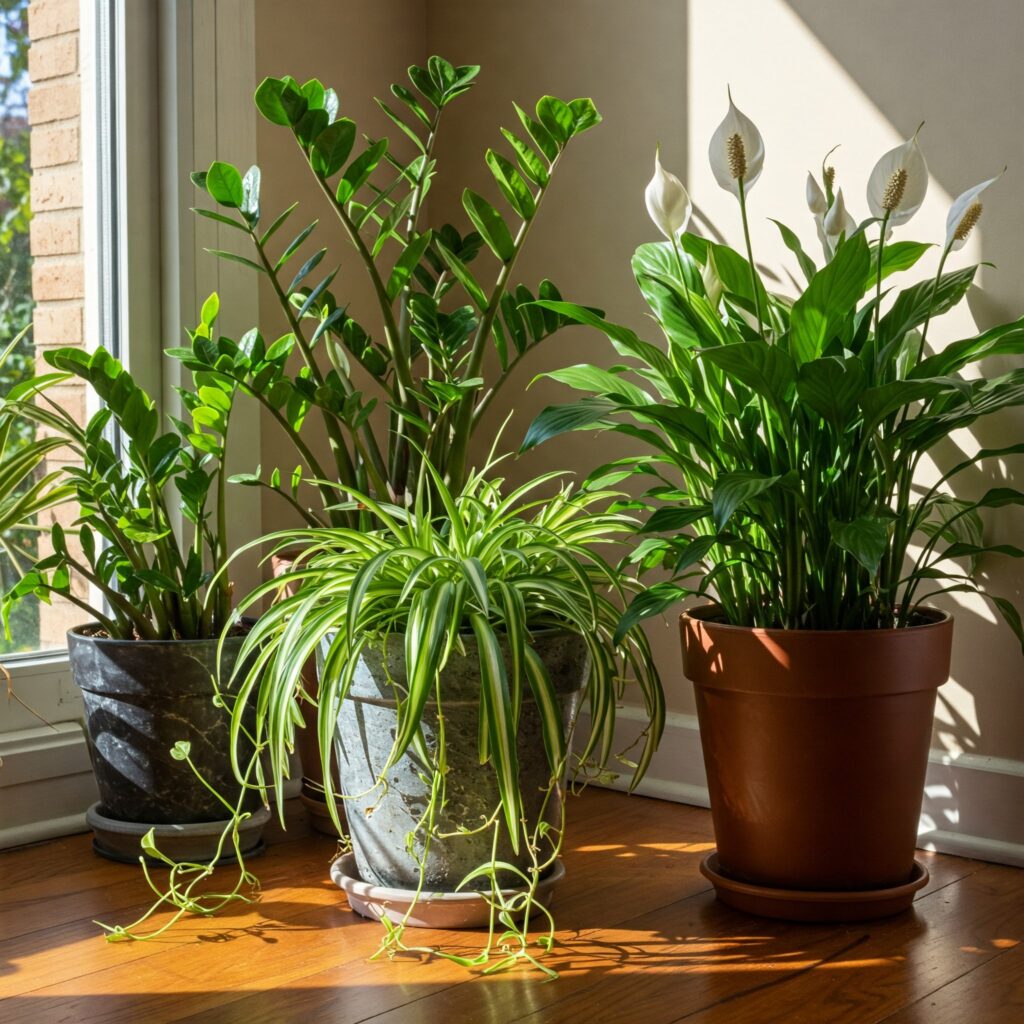
- Oxygenation: Hydrogen peroxide releases oxygen when it breaks down, which can help improve soil aeration and root health. This can be especially beneficial for plants that are growing in compacted or poorly-draining soil.
- Disease Prevention: Hydrogen peroxide has antibacterial and antifungal properties, which can help prevent the growth of harmful pathogens in the soil and the plant. This can help protect your plants from diseases and infections.
- Pest Control: Hydrogen peroxide can effectively control pests like spider mites, aphids, and fungus gnats. It can help kill off these pests and prevent them from returning when used as a foliar spray or soil drench.
- Stress Relief: Finally, hydrogen peroxide can help relieve stress on your plants by providing them with extra oxygen and nutrients. This can be helpful during times of drought, extreme temperatures, or other environmental stressors.
Preparing to Use Hydrogen Peroxide on Houseplants
When using hydrogen peroxide on your houseplants, take the necessary precautions for safety reasons. Here are a few steps to help you prepare:
Choosing the Right Hydrogen Peroxide Concentration
Not all hydrogen peroxide solutions are created equal, so choose the right concentration for your needs. For houseplants, a 3% concentration is generally recommended. Higher concentrations can be too harsh for plants and may cause damage to the foliage.
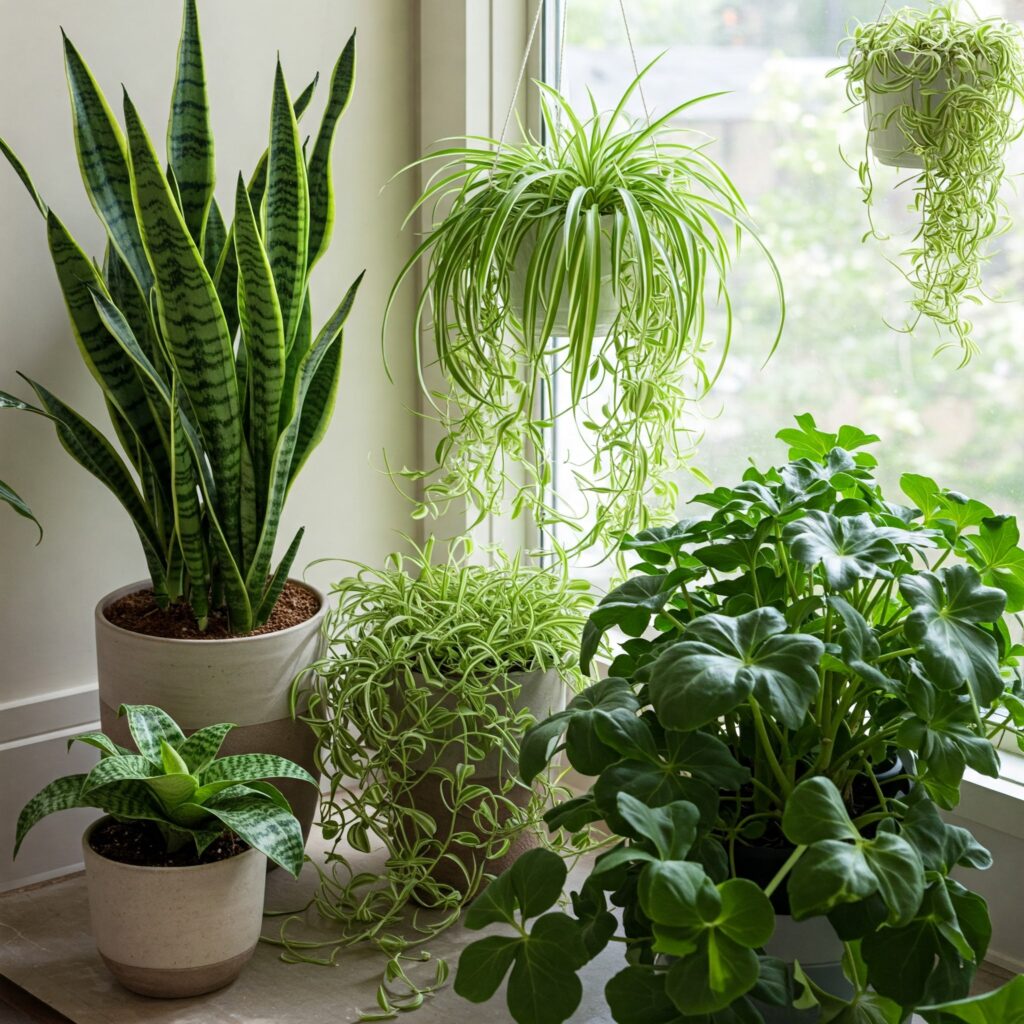
Preparing the Mixture
Once you have the right concentration of hydrogen peroxide, it’s time to prepare the mixture. Here’s how:
- Fill a spray bottle with water.
- Add the desired amount of hydrogen peroxide to the water. For a 3% concentration, add one part hydrogen peroxide to three parts water.
- Gently shake the bottle to mix the solution.
You should always mix hydrogen peroxide with water before using it on your plants. Using undiluted hydrogen peroxide can be too strong and may cause damage to the plant.
When preparing the mixture, be sure to use a clean spray bottle. Using a dirty or contaminated bottle can introduce harmful bacteria to your plants.
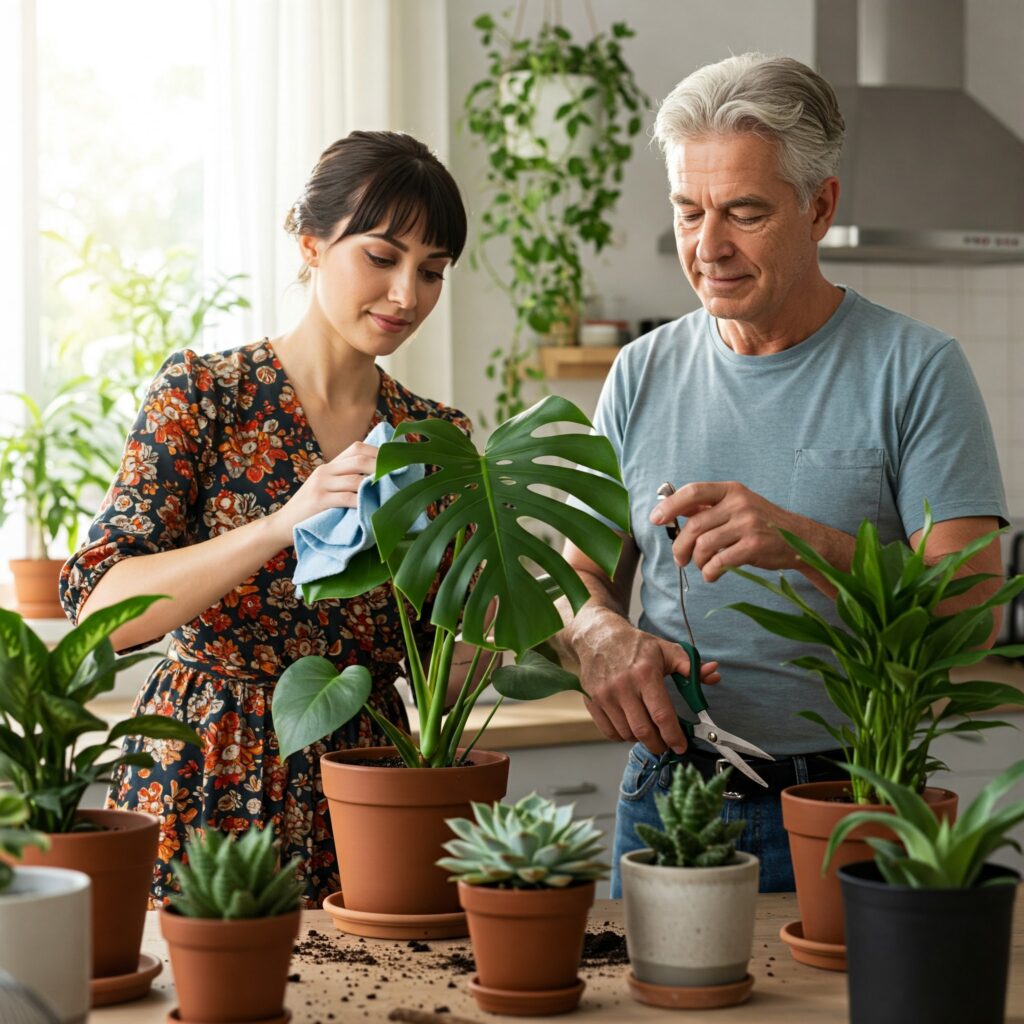
How to Apply Hydrogen Peroxide to Houseplants
You can use two different methods to apply hydrogen peroxide on houseplants: spraying the leaves and stems and watering the soil. Here’s how to do it:
Spraying the Leaves and Stems
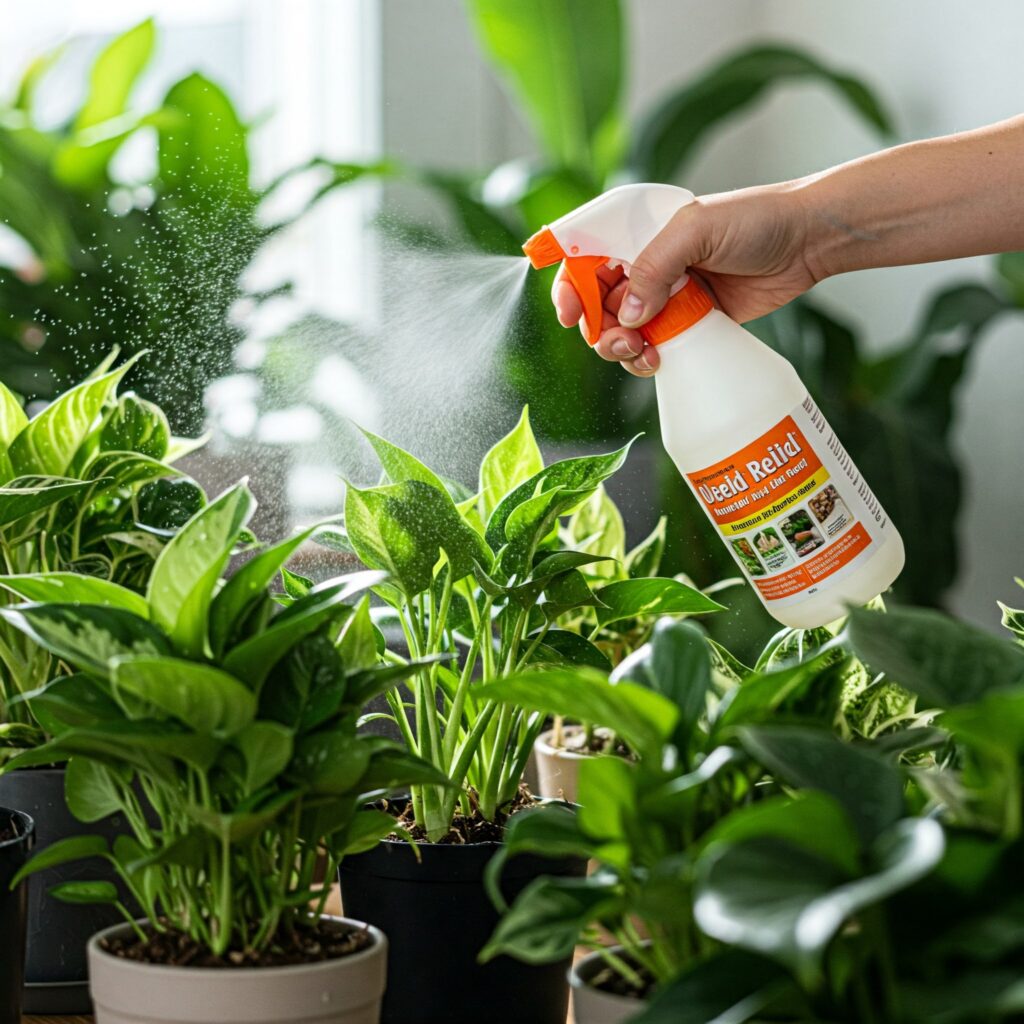
To use hydrogen peroxide to clean your houseplants, mix one part 3% hydrogen peroxide with three parts water in a spray bottle. Shake well before use.
Spray the solution onto the leaves and stems of your houseplants, taking care to cover all surfaces. This will help to kill any bacteria, fungus, or other pathogens that may be present in the plant.
After spraying, allow the solution to sit on the plant for a few minutes before wiping it off with a clean cloth or paper towel. This will help to remove any dirt or debris that may have accumulated on the plant.
Watering the Soil
To use hydrogen peroxide to water your houseplants, mix one tablespoon of 3% hydrogen peroxide with one quart of water. Use this solution to water your plants as you normally would.
The hydrogen peroxide will help to aerate the soil and provide oxygen to the roots of your plants. It will also help to kill any harmful bacteria or fungi that may be present in the soil.
Be sure to use this solution sparingly, as too much hydrogen peroxide can damage your plants. Only use it once every few weeks or as needed.
10 Succulent Plants That Grow Tall
How To Aerate The Soil In A Potted Plant
When to Use Hydrogen Peroxide on Houseplants
Hydrogen peroxide is a versatile and effective solution for maintaining healthy houseplants. Here are some situations when you should consider using hydrogen peroxide on your plants.
Preventative Maintenance
Using hydrogen peroxide as a preventative measure can help keep your plants healthy and free from pests and diseases. Here are some examples of when to use hydrogen peroxide for preventative maintenance:
- When repotting: Add a tablespoon of hydrogen peroxide to a gallon of water and use it to water your newly potted plant. This will help prevent root rot and other fungal diseases.
- After pruning: If you’ve pruned your plant, use a 3% hydrogen peroxide solution to disinfect your pruning tools. This will help prevent the spread of diseases between plants.
- Monthly cleaning: Once a month, use a solution of 1 part hydrogen peroxide to 3 parts water to wipe down the leaves of your plants. This will help remove dust and debris, and prevent pests from taking up residence.
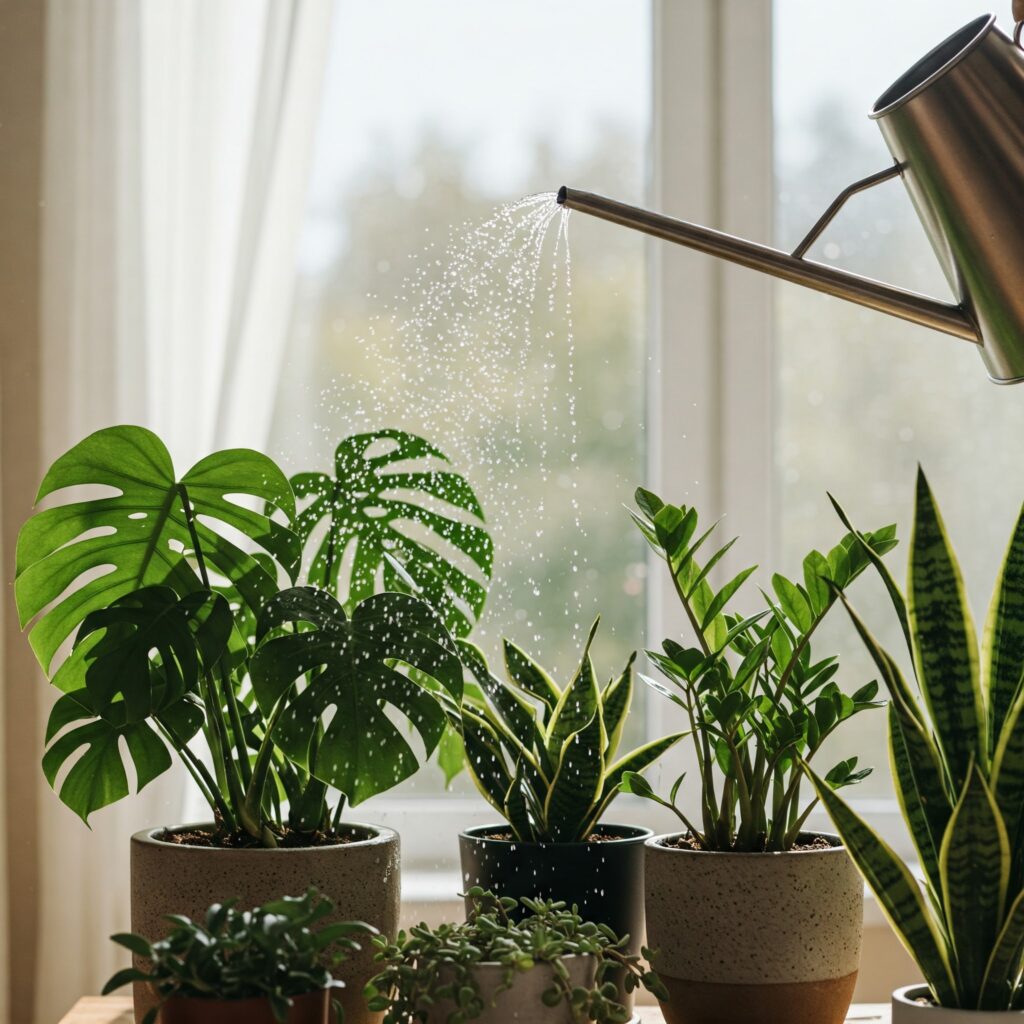
Treating Plant Problems
Hydrogen peroxide can also be used to treat a variety of plant problems. Here are some examples:
- Root rot: If your plant is suffering from root rot, use a 3% hydrogen peroxide solution to water the plant. This will help kill off the harmful bacteria and fungi causing the problem.
- Insect infestations: If you notice insects on your plants, spray the leaves with a 1% hydrogen peroxide solution. This will help kill off the insects without harming the plant.
- Mold and mildew: If you see mold or mildew on your plant, use a 3% hydrogen peroxide solution to wipe down the leaves. This will help kill off the mold and mildew and prevent it from spreading.
Conclusion
Congratulations! You now know how to use hydrogen peroxide for your houseplants. By following the steps outlined in this article, you can keep your plants healthy and free from pests and diseases.
Remember to always dilute the hydrogen peroxide before using it on your plants and test it on a small area first to ensure your plant doesn’t have an adverse reaction.
In addition, make sure to keep your plants in a well-ventilated area when using hydrogen peroxide to avoid inhaling the fumes.

